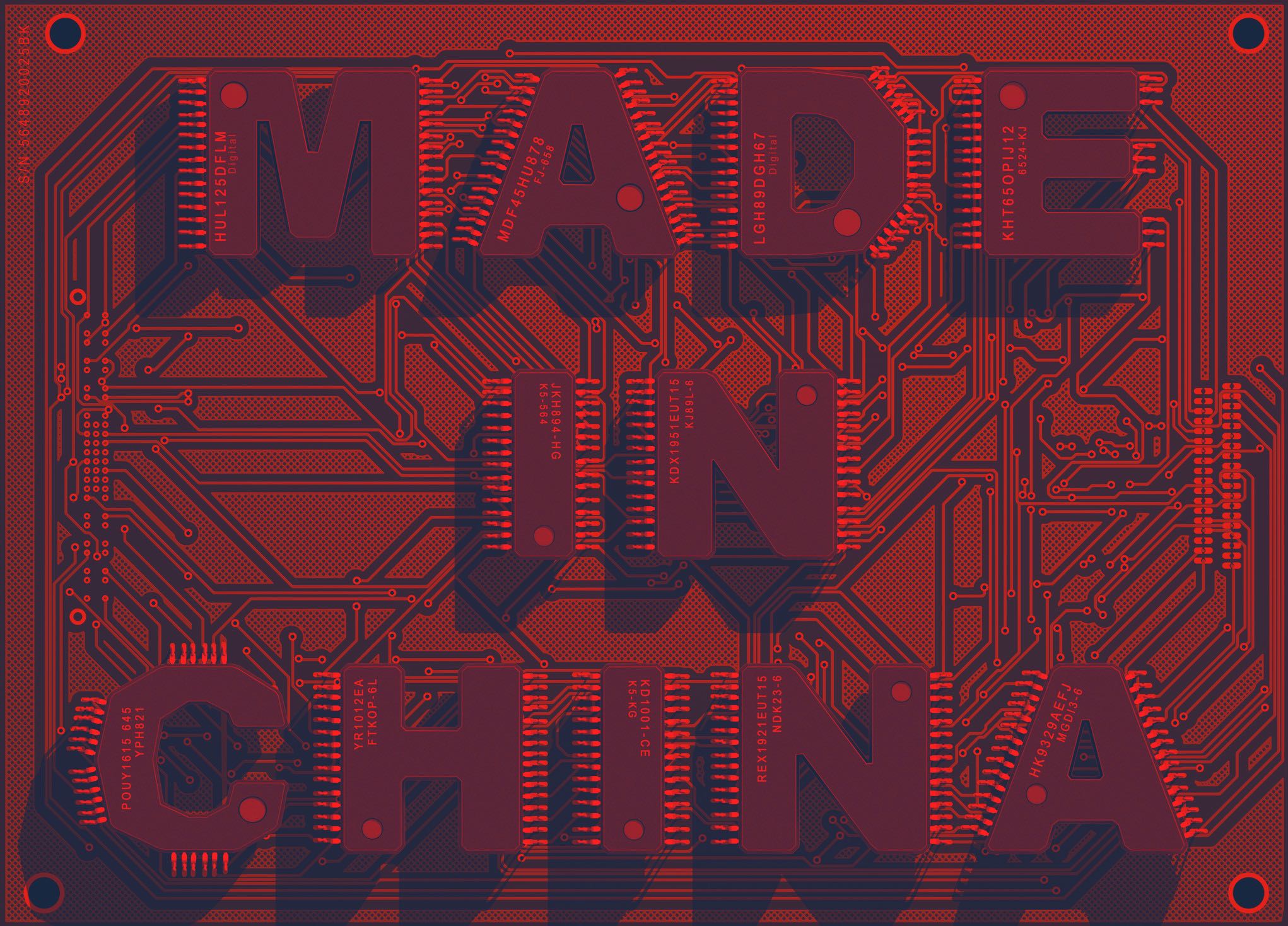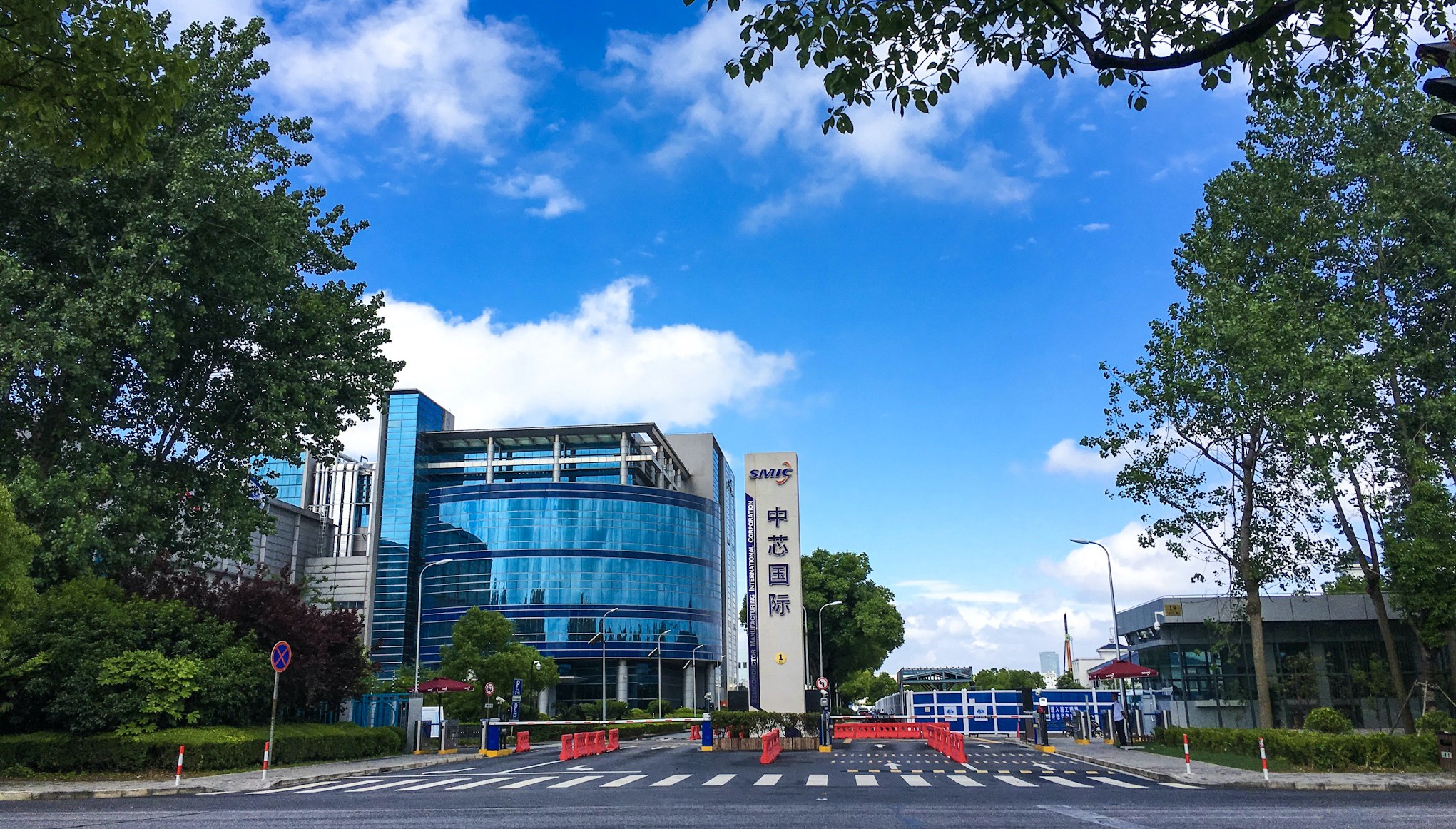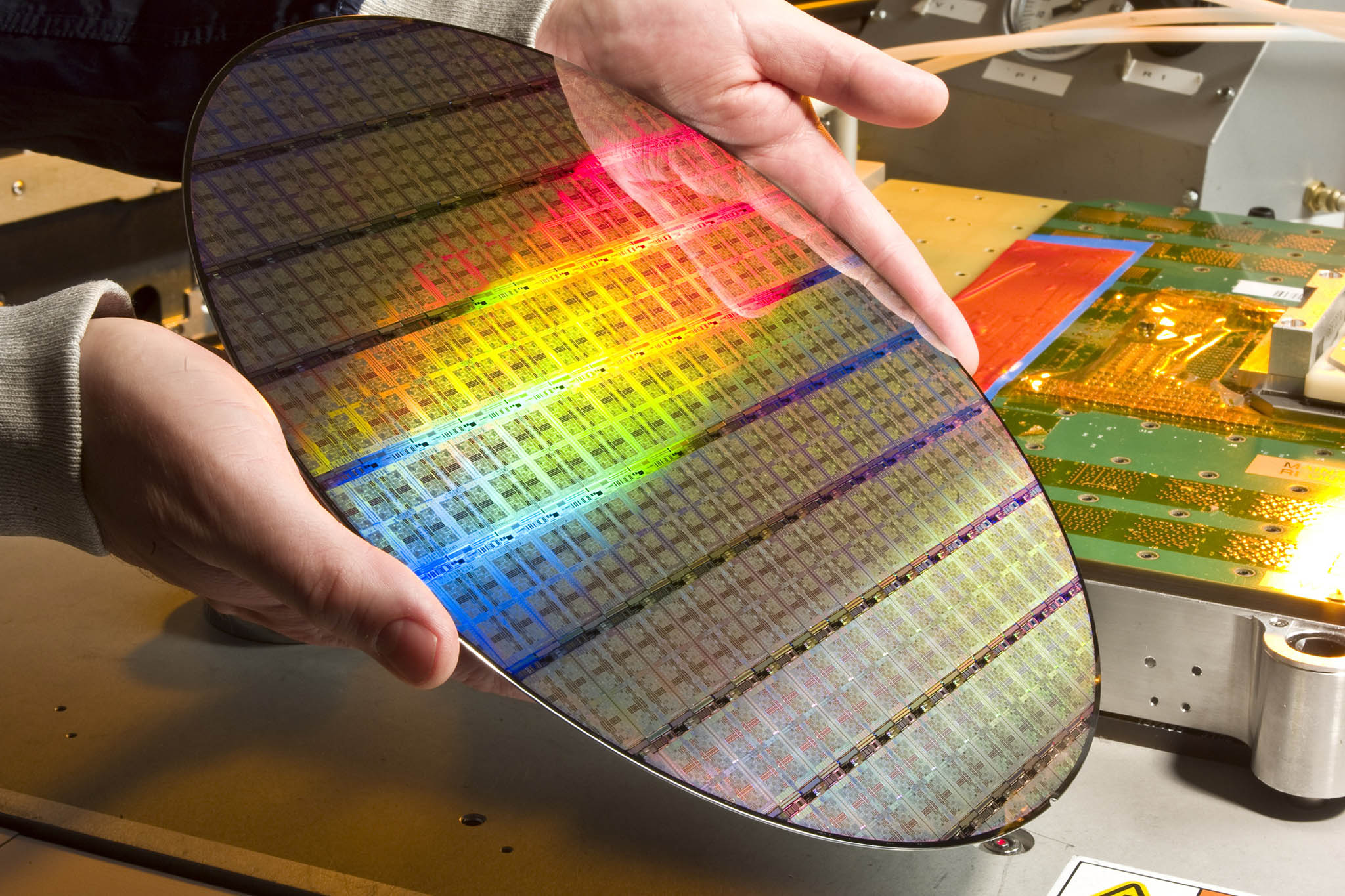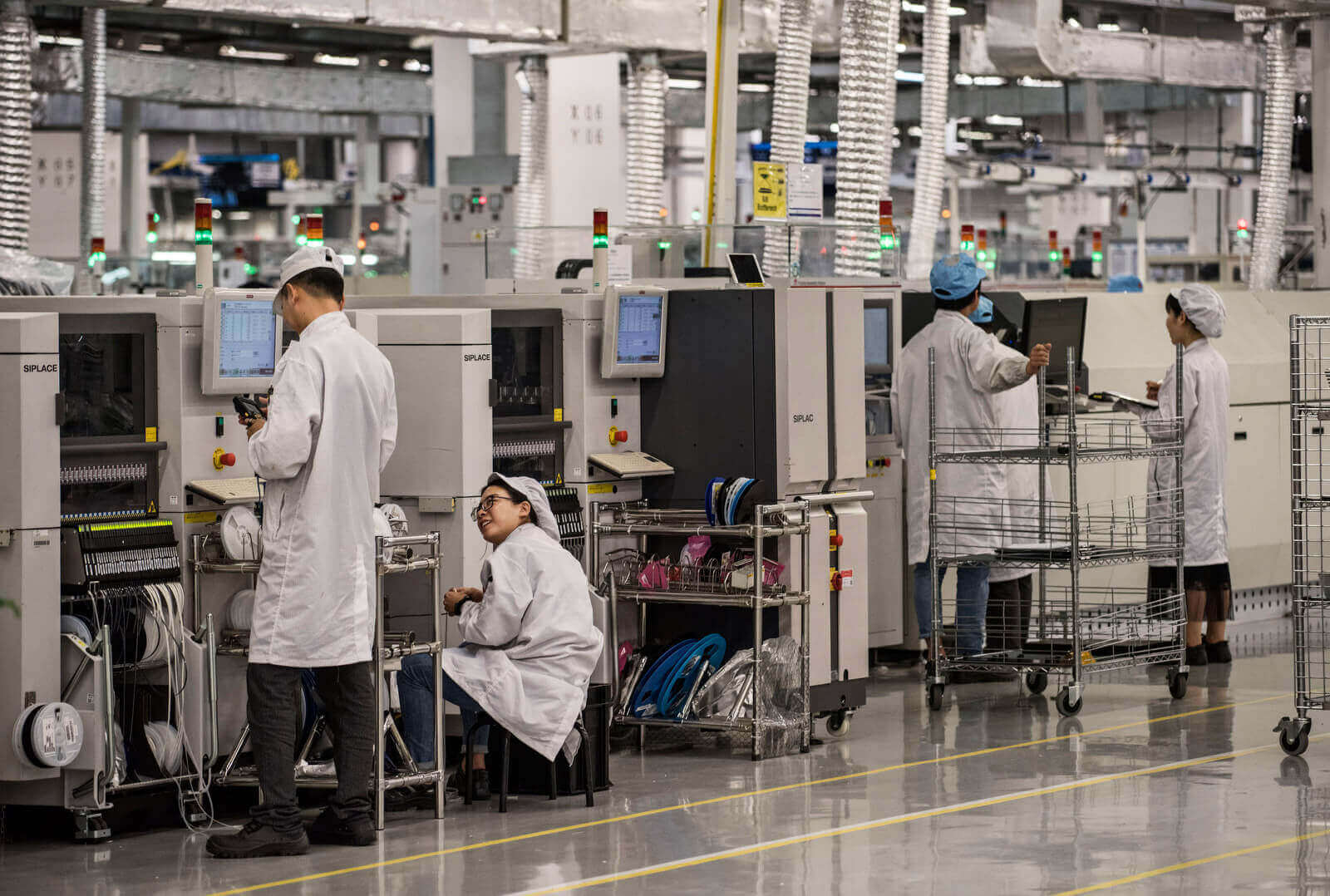
China can currently only produce 20% of the chips for the local information technology industry. But by 2025, he needs to cover 70 percent of his needs. It appears that both the Chinese government and private investors are willing to pay as much as necessary to make this happen. But for this, the industry must jump over its head.
In connection with the ongoing trade war with the United States, China is trying to reduce its dependence on American semiconductor technologies and, in fact, imported chips. Last year, the Chinese government invested about $ 29 billion in local tech companies to accelerate the development of domestic CPUs, GPUs, network cards, and modems.
All this is part of the well-known 3-5-2 scheme: in 2020, government organizations and institutions will replace 30% of foreign devices and programs with Chinese ones. In 2021, their share will be 50%, and the remaining 20% will be replaced in 2022. The abandonment of imported hardware and software solutions used by government agencies will lead to the breakdown of cooperation between China and the United States, which could seriously affect the business of large American suppliers such as Microsoft, Dell and HP. In 2019, China imported $ 306 billion worth of chips.

Dark horse bet
Semiconductor Manufacturing International (SMIC) should help implement the ambitious plan. Despite the fact that SMIC has offices in several countries and is the largest semiconductor manufacturer in China, SMIC has not received much attention for the time being. But in June 2020, it decided to abandon its listing on the New York Stock Exchange and make a public offering on the Shanghai STAR Market (the Chinese equivalent of the NASDAQ exchange).
According to analysts from Bloomberg, the company is going to raise up to $ 7.6 billion - that's double its total revenue since the beginning of 2019. The funds, along with a generous infusion of $ 2 billion from China's National Investment Fund, will go towards capacity expansion and other preparatory work required for future production of 7nm and 5nm chips.
The Chinese government hopes that SMIC will help implement the Made in China 2025 program, and by 2025, the country will produce 70% of semiconductors on its own.

Technological lag
SMIC is arguably the largest manufacturer in the country, but still lags behind competitors such as TSMC and Samsung. SMIC can only manufacture 14nm chips and only plans to launch 7nm chips by the end of the year.
But TSMC has been producing 7nm chips since 2018 and is set to start producing 5nm chips later this year. Samsung has also been producing chips with a 7nm process for the past two years and should begin production of chips with 5nm by the end of the summer.
It can take SMIC 5 to 10 years to catch up with its competitors. According to Zhou Zhiping, a professor at Peking University and a person with many years of experience in the local semiconductor industry, China will have to face rising costs to design and manufacture smaller chip sizes.

Hit on Huawei
But the problems don't end there. Recently, Huawei was forced to end its partnership with TSMC, a Taiwanese semiconductor manufacturer that uses US hardware and software, due to US sanctions. After that, Huawei became a partner of Shanghai Microelectronics, MediaTek and SMIC. Although before that the Chinese company had already spent billions on a two-year stock of American chips.
Huawei is one of SMIC's largest customers, accounting for a fifth of chip sales in 2019. However, for now, SMIC can only manufacture chips on the 14nm FinFET process (for example, the Kirin 710A). Even so, the semiconductor manufacturer still uses American software.
Strategy and tactics
China is investing in a domestic manufacturer, but it is unclear whether it will be able to completely move away from American technology in the near future. In the meantime, SMIC will most likely be forced to obtain a US export license, otherwise it risks losing access to necessary hardware and software from US suppliers.
One thing is clear - the Chinese government and private investors are keen to buy as many shares of SMIC as possible to help it close the technology gap with its competitors. In addition, the company has hired Bai Nong, the former CEO of GlobalFoundries, the world's third largest semiconductor manufacturer after TSMC and Samsung.
Advertising
Our company offers servers not only with Intel CPUs, but also servers with AMD EPYC processors. As with other types of servers, there is a huge selection of operating systems for automatic installation, it is possible to install any OS from your own image. Try it now!
